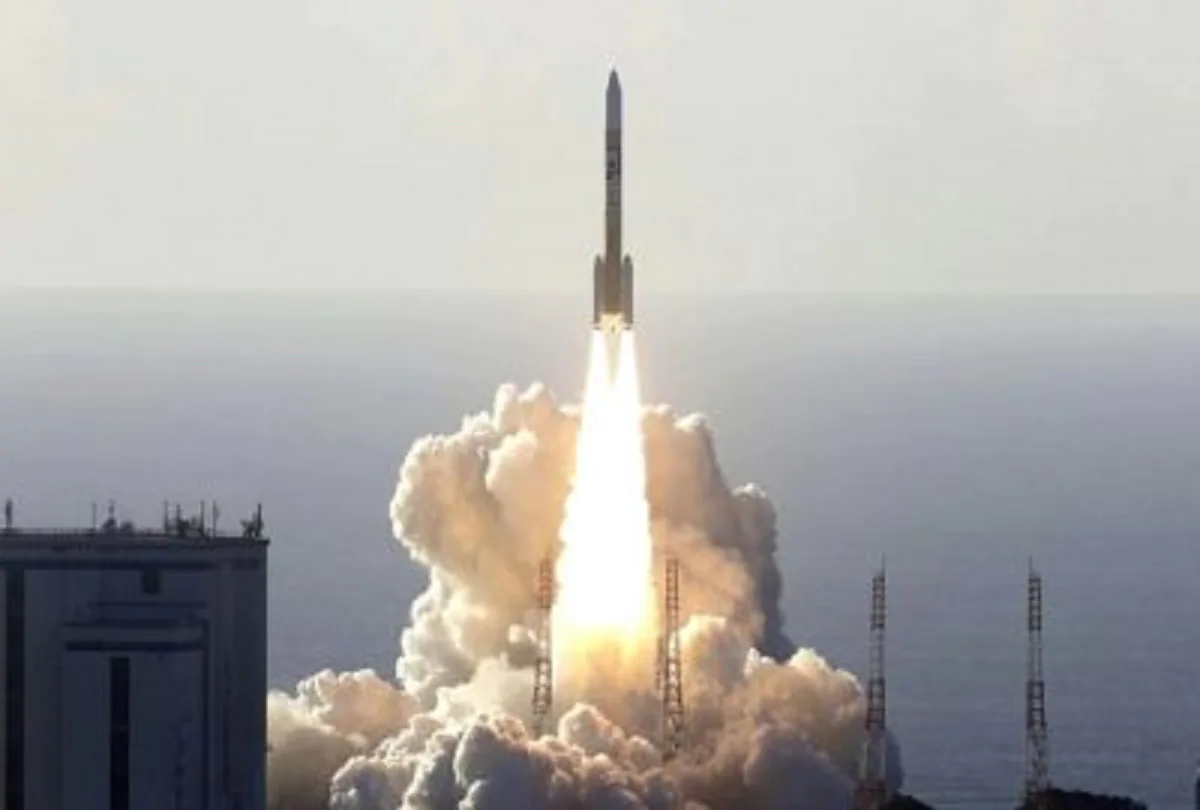Launched in July last year, the UAE’s unmanned probe ‘Al-Amal’, which means hope in Arabic, entered Mars orbit on Tuesday. This is the Arab world’s first mission to Mars.
On July 20, 2020, the unmanned probe lifted off from Japan’s Tanegashima Space Centre. After travelling for nearly seven months and covering a distance of roughly 500-million kilometres, the probe managed the rare feat of entering Mars orbit. The Mars mission is one of the many projects under the UAE’s (United Arab Emirates) ambitious space programme, which plans to send an unmanned rover to Moon by 2024 and build a human settlement on the Red Planet by the year 2117.
Hope’s most critical phase
The probe, which weighs 1,350 kgs, will provide information about the climate pattern on Mars. According to an AP report quoting officials involved with the project, the “most critical and complex” manoeuvre was performed on Tuesday when the speed of the spacecraft was reduced, in order to be captured by Mars’ gravity. The unmanned Hope probe had to cut its travelling speed to 18,000 kms per hour from 1,21,000 kms per hour.
ALSO WATCH| Burj Khalifa Lights up to Honour UAE’s First Mars Mission ‘Hope Probe’
In about two months’ time, the probe will enter the next phase—entering the science orbit and gathering data. It will help scientists get a clear picture about Mars atmosphere, all through a 687-day long Martian year. The Hope probe, however, will not land on Mars surface. The instruments mounted on the Hope probe include an infrared spectrometer, a high-resolution imager and an ultraviolet spectrometer.
A Race to Mars
Besides the $200-million Emirates Mars Mission, several other countries are also racing to launch (or have launched) unmanned probes to Mars. China’s Tianwen-1 probe and the US’ Mars 2020 are set to land on Mars’ surface soon. Both these missions were also launched in July last year.
Under the Mars 2020 mission, NASA website says, the rover, Perseverance, is likely to reach Mars by February 18 and “seek signs of ancient life and collect samples of rock and regolith (broken rock and soil) for possible return to Earth”.
Besides a race for establishing space supremacy, a study of Mars’ atmosphere can also allow a better understanding of Earth’s climate behaviour. Private players like Elon Musk’s Space X are also exploring the possibility of taking humans to Mars by 2026.
This article is auto-generated by Algorithm Source: www.news18.com


